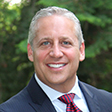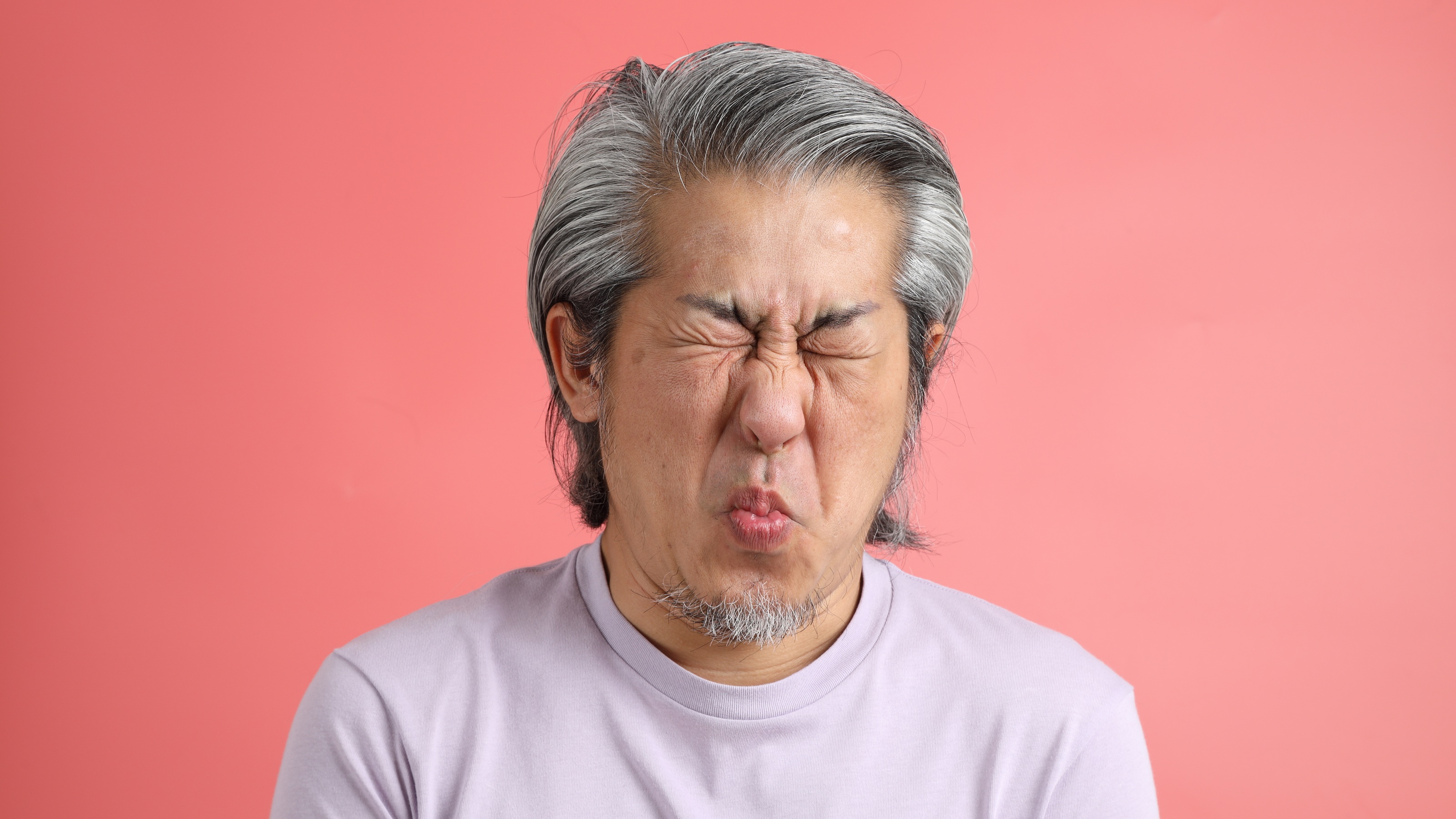Does Your Investment Portfolio Have Emergency Air Bags Installed?
This safety measure is one every investor needs in times of extreme stock market turbulence (like right now), and it requires the right kind of active management.

Between the late-February market sell-off due to Coronavirus fears and the record highs achieved in January, I’ve spent a lot of time this year fielding questions from clients about whether it might be time to pull out of the markets. Surprising, right? But both rise in performance and a drop in performance can spark the same kinds of concerns.
The concept of selling in these situations can be summed up as the “up a lot” and “down a lot” styles of investing: Markets are “up a lot” so we should get out before they fall, or markets are “down a lot” so it must be time to get out before it gets worse.
That might sound sensible in general terms, but try to imagine what it would be like to manage a portfolio like this. What does “a lot” actually mean? Which asset classes would make for a “safer” alternative? How much do you sell, and why? In my view, the “down a lot” approach is even more threatening to your financial security: It’s like thinking you might be at risk of an accident and knowing your car has air bags, but deciding to jump out anyway.
From just $107.88 $24.99 for Kiplinger Personal Finance
Become a smarter, better informed investor. Subscribe from just $107.88 $24.99, plus get up to 4 Special Issues

Sign up for Kiplinger’s Free Newsletters
Profit and prosper with the best of expert advice on investing, taxes, retirement, personal finance and more - straight to your e-mail.
Profit and prosper with the best of expert advice - straight to your e-mail.
These strategies are, in my opinion, a dangerous take on active management. But there is an alternative.
What makes for good active management?
I’m a supporter of active management as a means of mitigating risk and uncovering opportunities. But as I tell my clients, active management is very different from trying to time the market based on past performance or a gut feeling, like the “up a lot” or “down a lot” philosophies.
Rather than making decisions solely on markets rising and falling, I think it’s important to look at how the underlying economic picture is developing. Looking at a broad range of economic indicators can provide a more nuanced view of the economy and where things might be heading.
One of the active managers I turn to for my clients’ portfolios does exactly that: the portfolio managers keep track of about 20 different indicators touching every aspect of the economy, from consumer behavior to geopolitical risk and business outlook. Taken together, these analyses provide a tapestry of information. This can be assessed as a whole to help provide a picture of the potential risks facing the markets.
Using that information, portfolios can be adjusted to mitigate the impact of growing risk in the economy and to potentially help avoid the impact of severe market downturns.
How does that look for clients – and what’s the difference?
In my opinion, this is a significantly different approach compared to the way most portfolios are managed.
Most active investment managers will create a core asset allocation and perhaps include a “risk budget,” or some limits to the amount of volatility allowed in the portfolio. A manager might incorporate some economic indicators into this strategy and have a process for tactical decision-making. However, that’s where most of them will stop. Instead, good advisers will take an important additional step: personalized/customer risk management.
What does that look like? At my firm, we track the level of volatility that is personalized to the client’s asset allocation. If we see volatility outside what we would consider “normal” and believe this it is not a short-term correction, we will look to reduce risk in the portfolio by selling off assets, starting with the riskiest ones first. What many of my clients fear above all is another 2008. Taking these kinds of non-normal events (aka black swan events) into account and factoring in an investor’s specific individual needs means that we can seek to better control volatility through any market cycle.
Combined with the broad economic projections we talked about above, this is the next level of active management, one that is both highly tailored to the individual (pinpointing their own risk threshold) and highly attuned to the possible directions of the economy at the same time.
These are the air bags in your portfolio, and when they’re deployed they can help to cushion the blow of an economic turn for the worst.
Engineering versus emotion
Designing a portfolio that works like this is a lot like building a car: It takes engineering, not emotion. The process relies on having the discipline to spot big risks and build a portfolio that can deploy the air bags at the right moment. When that air bag is deployed, you start taking steps to move from riskier assets to more conservative assets, and even toward cash if the road starts to look very treacherous.
This is so important. It’s very easy to get caught up in the latest news about a single economic indicator or a single geopolitical headline, including the Coronavirus. It’s hard not to fall into it: The news is loud, and it tends to focus on one big story at a time. The unknown is always the scariest.
But the economy is far more complicated than headlines, and it’s important to have a process in place for analyzing it — and reacting to it.
On the other hand, a lot of advisers will invest your money in a long-only model portfolio that won’t adjust when the market turns — and more importantly won’t increase the cash allocation if they are forecasting a recession. Even if they’re nervous, these advisers are unlikely to make any changes to help preserve your savings; you’ll just have to grin and bear whatever the market brings. I think this is also a mistake.
For me, the key is to be responsive to the market without getting emotional. Rather than relying on rules of thumb, build a strategy that can give you all the benefits of well-designed and well-engineered risk management.
For more information on this modern, personalized approach to risk investment management, click here for a more detailed article about my approach.
Profit and prosper with the best of Kiplinger's advice on investing, taxes, retirement, personal finance and much more. Delivered daily. Enter your email in the box and click Sign Me Up.

Brad Pine is a wealth adviser and president of Bradford Pine Wealth Group, based in Garden City, N.Y. BP Wealth Group assists individuals and entrepreneurs to create wealth, simplify their lives and plan for retirement. Honesty, integrity and reliability are the foundations of Pine's investment philosophy.
-
 Fed's Rate Cuts Could Have Impacts You Might Not Anticipate
Fed's Rate Cuts Could Have Impacts You Might Not AnticipateUnderstanding how lower interest rates could impact your wallet can help you determine the right financial moves to make.
-
 Past Performance Is Not Indicative of Your Adviser's Expertise
Past Performance Is Not Indicative of Your Adviser's ExpertiseMany people find a financial adviser by searching online or asking for referrals from friends or family. This can actually end up costing you big-time.
-
 I'm want to give my 3 grandkids $5K each for Christmas.
I'm want to give my 3 grandkids $5K each for Christmas.You're comfortably retired and want to give your grandkids a big Christmas check, but their parents are worried they might spend it all. We ask the pros for help.
-
 Past Performance Is Not Indicative of Your Financial Adviser's Expertise
Past Performance Is Not Indicative of Your Financial Adviser's ExpertiseMany people find a financial adviser by searching online or asking for referrals from friends or family. This can actually end up costing you big-time.
-
 I'm a Financial Planner: If You're Not Doing Roth Conversions, You Need to Read This
I'm a Financial Planner: If You're Not Doing Roth Conversions, You Need to Read ThisRoth conversions and other Roth strategies can be complex, but don't dismiss these tax planning tools outright. They could really work for you and your heirs.
-
 Could Traditional Retirement Expectations Be Killing Us? A Retirement Psychologist Makes the Case
Could Traditional Retirement Expectations Be Killing Us? A Retirement Psychologist Makes the CaseA retirement psychologist makes the case: A fulfilling retirement begins with a blueprint for living, rather than simply the accumulation of a large nest egg.
-
 I'm a Financial Adviser: This Is How You Can Adapt to Social Security Uncertainty
I'm a Financial Adviser: This Is How You Can Adapt to Social Security UncertaintyRather than letting the unknowns make you anxious, focus on building a flexible income strategy that can adapt to possible future Social Security changes.
-
 I'm a Financial Planner for Millionaires: Here's How to Give Your Kids Cash Gifts Without Triggering IRS Paperwork
I'm a Financial Planner for Millionaires: Here's How to Give Your Kids Cash Gifts Without Triggering IRS PaperworkMost people can gift large sums without paying tax or filing a return, especially by structuring gifts across two tax years or splitting gifts with a spouse.
-
 'Boomer Candy' Investments Might Seem Sweet, But They Can Have a Sour Aftertaste
'Boomer Candy' Investments Might Seem Sweet, But They Can Have a Sour AftertasteProducts such as index annuities, structured notes and buffered ETFs might seem appealing, but sometimes they can rob you of flexibility and trap your capital.
-
 Quick Question: Are You Planning for a 20-Year Retirement or a 30-Year Retirement?
Quick Question: Are You Planning for a 20-Year Retirement or a 30-Year Retirement?You probably should be planning for a much longer retirement than you are. To avoid running out of retirement savings, you really need to make a plan.
-
 Don't Get Caught by the Medicare Tax Torpedo: A Retirement Expert's Tips to Steer Clear
Don't Get Caught by the Medicare Tax Torpedo: A Retirement Expert's Tips to Steer ClearBetter beware, because if you go even $1 over an important income threshold, your Medicare premiums could rise exponentially due to IRMAA surcharges.